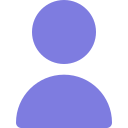Discover Your Curl Type: A Guide to Understanding Your Hair
When discussing hair that's not straight, people and brands often group all types of curls, coils, kinks, and waves together, assuming one solution works for all. However, anyone with curly hair knows that this isn’t the case. Identifying your specific curl type and creating an effective routine takes time and effort, as each curl pattern requires its own approach.
So, how do you determine your curl type? Hairstylist Andre Walker developed a curl typing system that’s still widely used today, offering a way to categorize hair based on texture. The system uses numbers 1 to 4, with 1 representing straight hair and 4 indicating a kinky texture, along with subcategories A to C. Category A has the largest diameter or pattern size, while C has the smallest. For instance, 1A hair is flat and fine, often requiring styling tools like a curling iron to achieve any curl.
With so much to consider—choosing the right products, finding new ingredients, and styling your hair—it can feel overwhelming. That's why we reached out to professional hairstylists to simplify the process. They’ve broken down the different curl types to help you easily identify your curls, make smarter product choices, and style with confidence.
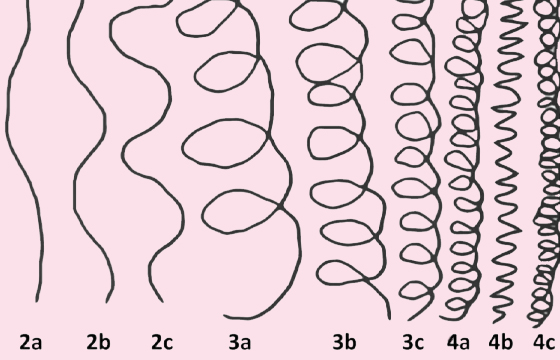
Curly hair is a broad term that encompasses various textures, from loose waves to tight Z-shaped coils. To accurately identify your curl type, you need to start with your scalp and examine how your hair follicles grow. "Curly hair follicles are oval or asymmetrical, creating an elliptical shape that gives hair its curl. In contrast, straight hair follicles are round, and the cells inside work together, causing the hair to grow uniformly straight," explains Gaia Tonanzi, senior brand manager at Curlsmith.
The ideal time to examine your hair follicles is when your hair is wet, as water weighs it down and changes its appearance compared to dry hair. Tonanzi points out that it's important to recognize that most people don't fit into just one curl type but actually have a mix of patterns. "Hair grows differently across your scalp— for example, the hair at the back of your neck may have a looser curl pattern than the hair at the front or sides," she explains.
Now that we've covered the fundamentals of curly hair, let's dive into the details. Take a look at the curl type chart below, and then continue reading for an in-depth breakdown of each curl type and the best products to use.
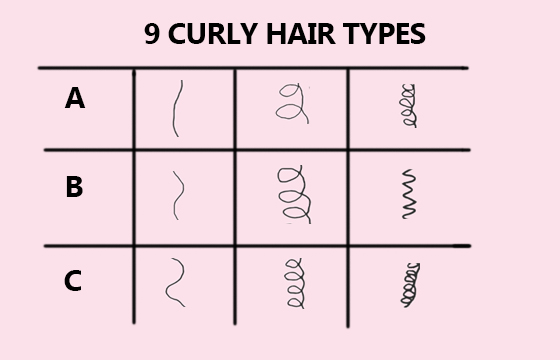
Type 2
Type 2 hair varies from fine to coarse and includes textures ranging from a messy wave to soft curls. The curls maintain their shape but can easily lose volume or be straightened.
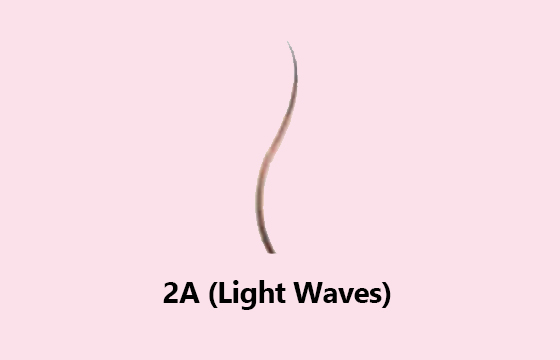
2A
2A hair is fine, with a tousled texture that can easily be smoothed with a straightener. It tends to lack volume at the roots, with a subtle curl toward the ends. According to Andrew DiMeo, a hairstylist at Nunzio Saviano Salon, people with this hair type should opt for a light mousse or serum to add volume, rather than creams or oils that can weigh the hair down. This hair type can also benefit from products containing rice water to help thicken the strands and reduce breakage.

2B
2B hair has a flatter crown, more pronounced S-shaped waves beginning at the midlength, and thicker strands than 2A. DiMeo recommends a "sea salt texture spray for enhancing the natural texture."
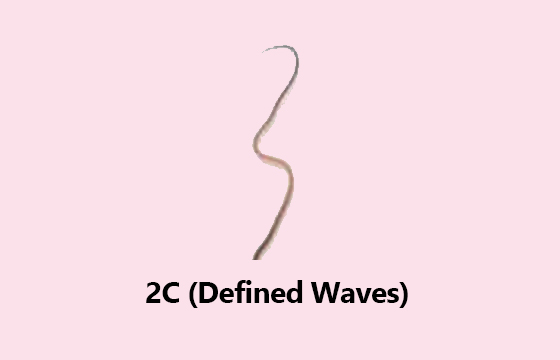
2C
2C hair has a thicker texture, is more prone to frizzing, and has a well-defined S-bend that begins at the roots. To keep this hair hydrated, DiMeo recommends using a sulfate-free shampoo that does not strip away natural oils and moisture. L'Oreal Paris EverPure Sulfate-Free Shampoo is an excellent affordable alternative. "This hair can finish with styling creams layered over mousse to enhance the natural wave pattern, as well as moisturize," he tells me.
Type 3
Type 3 hair can range from loopy S-pattern curls to tight ringlets.
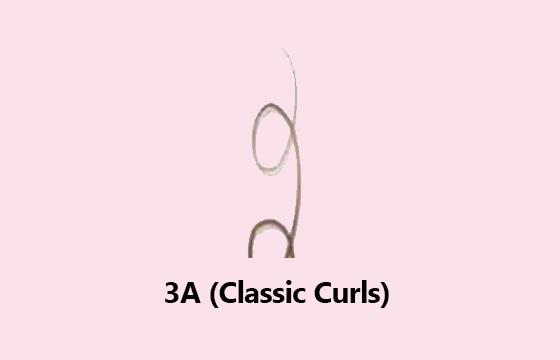
3A
3A hair is known for its huge, loose curls. However, because the hair is sensitive, avoid touching it, which will disrupt the curls and cause frizz. "When the hair is damp, apply a curl cream with defrizzing and moisture properties to help maintain moisture and reduce frizz when diffusing or air drying," advises DiMeo. Not Your Mother's Tahitian Gardenia Flower and Mango Butter Conditioner is a popular drugstore conditioner for curly hair.
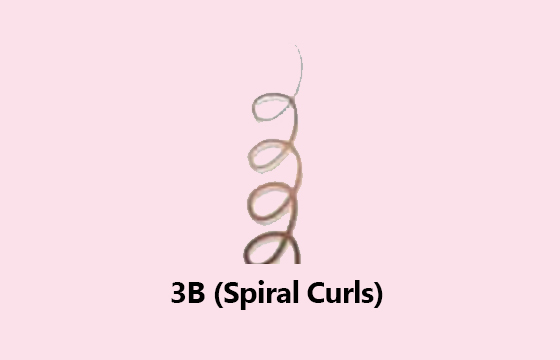
3B
3B hair types have bouncy, coarse ringlets that are prone to dryness. "Products containing humectants work well with this hair type because humectants attract moisture to hair strands," DiMeo tells me.1 Choose a styling gel with humectants to provide definition and eliminate frizz. Use a hair brush like the Denman D3 Original Styler, which is regarded as the holy grail of curly hair.
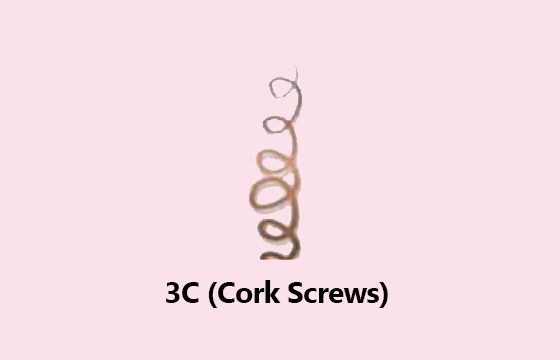
3C
Hair type 3C is distinguished by its tightly packed corkscrew curls and natural volume. This hair is also affected by humidity and frizzes easily. To prevent curls from drying out, "use a sulfate-free shampoo and layer mousse and styling creams into wet hair to help curls clump together for a softer, stronger, and more natural curl pattern," DiMeo says. Virtue Curl Shampoo is one of the most effective shampoos for this hair type.
Type 4
Type 4 hair contains tight, tiny, kinky curls that are naturally dry, with a texture ranging from fine to coarse.
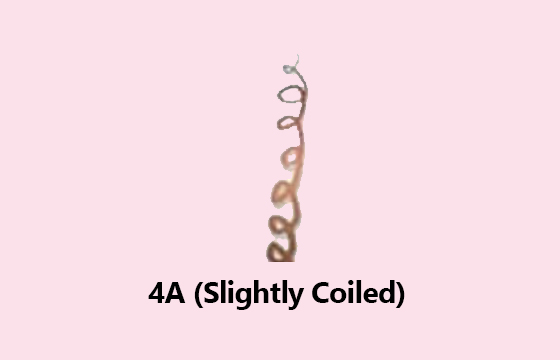
4A
4A hair types feature noticeable springy S-shaped coils that are tightly packed and need regular maintenance to keep them under control. DiMeo advises using a curl cream and leave-in conditioner with moisturizing ingredients to keep the hair hydrated and make styling more manageable. When selecting a scalp massager to detoxify the scalp and reduce buildup, opt for one specifically designed for type 4 curls.
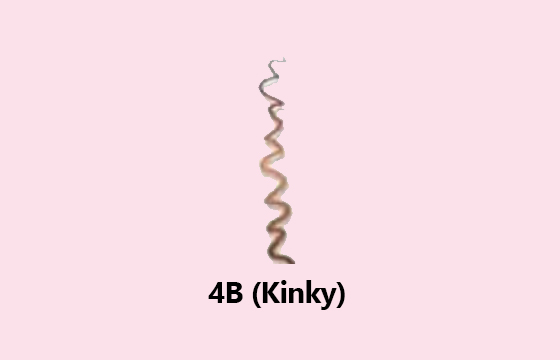
4B
People with 4B hair have tightly packed strands with distinct Z-shaped angles rather than coils. Because this hair type is especially prone to dryness, DiMeo recommends using gentle cleansing conditioners and relying on moisture sprays and leave-in conditioners to maintain hydration between washes.
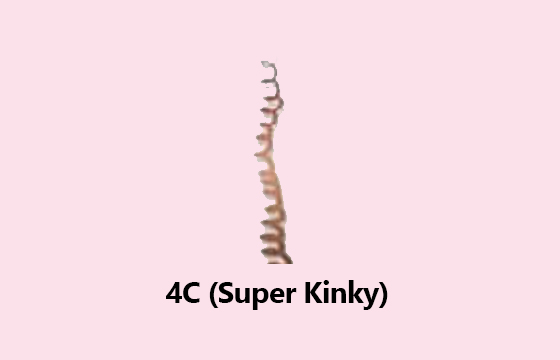
4C
4C hair is more fragile than 4B hair due to its tight zigzag pattern, which is prone to shrinkage. It's crucial to avoid sulfates, as they can strip the hair and make it dull. DiMeo suggests using natural oils like argan, shea butter, and coconut oil, along with thicker creams to maintain moisture. SheaMoisture Jamaican Black Castor Oil Strengthen & Restore is an excellent shampoo for thickening hair in this curl type.



